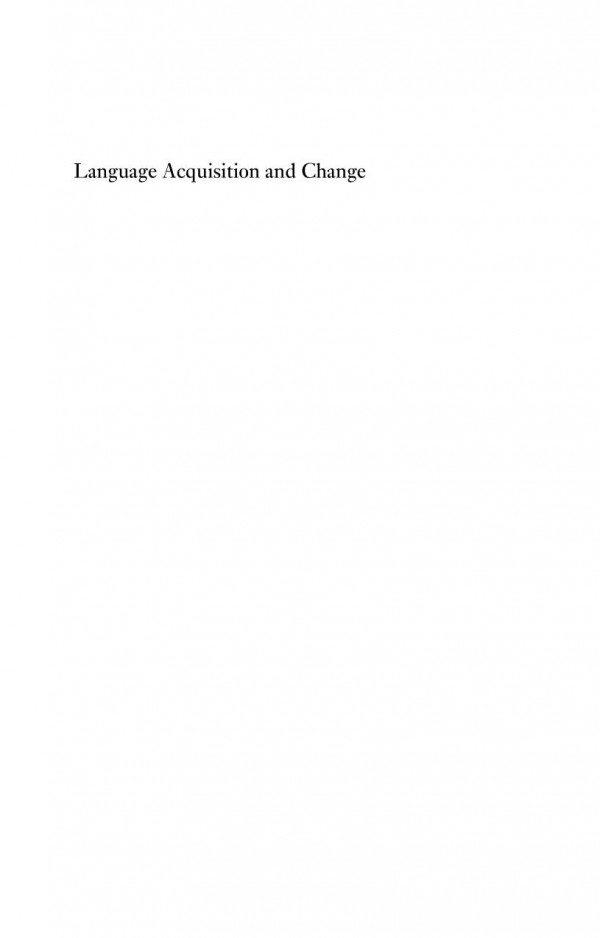

Most ebook files are in PDF format, so you can easily read them using various software such as Foxit Reader or directly on the Google Chrome browser.
Some ebook files are released by publishers in other formats such as .awz, .mobi, .epub, .fb2, etc. You may need to install specific software to read these formats on mobile/PC, such as Calibre.
Please read the tutorial at this link: https://ebookbell.com/faq
We offer FREE conversion to the popular formats you request; however, this may take some time. Therefore, right after payment, please email us, and we will try to provide the service as quickly as possible.
For some exceptional file formats or broken links (if any), please refrain from opening any disputes. Instead, email us first, and we will try to assist within a maximum of 6 hours.
EbookBell Team

4.3
78 reviewsHistorical linguistics commonly invokes the child as the principal agent of change. Using this as a starting point, the authors address diachronic language change against a background of insights gained from extensive research into mono- and bilingual language acquisition. The evidence shows that children are remarkably successful in reconstructing the grammars of their ambient languages so the authors reconsider a number of commonly held explanatory models of language change, including language contact and structural ambiguity in the input. Based on a variety of case studies, this innovative take on the subject argues that morphosyntactic change in core areas of grammar typically happens in settings involving second language acquisition. Here, the children acting as causal agents of restructuring are either second language learners or are continuously exposed to the speech of second language speakers. The authors answer questions about the circumstances surrounding grammatical change in terms of a restructuring of speakers' internal grammatical knowledge constructing a general theory of diachronic change consistent with insights from language acquisition.